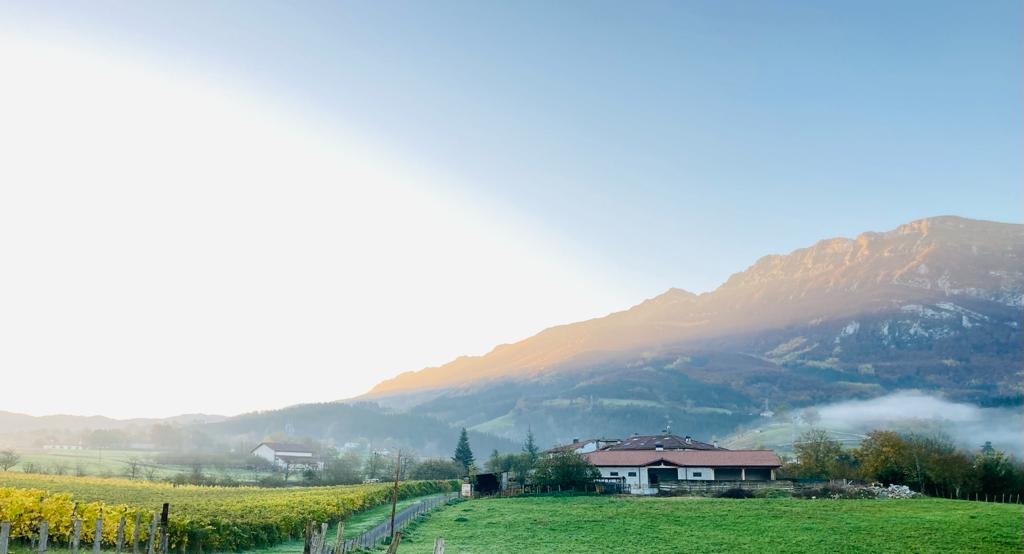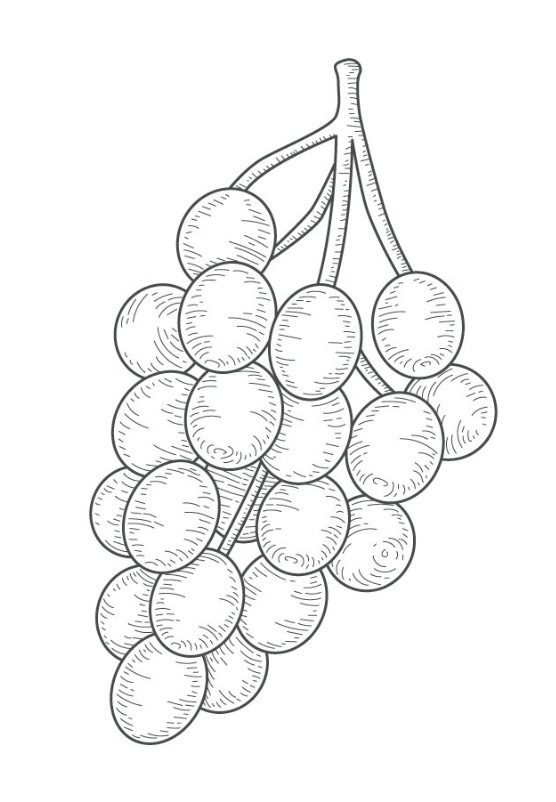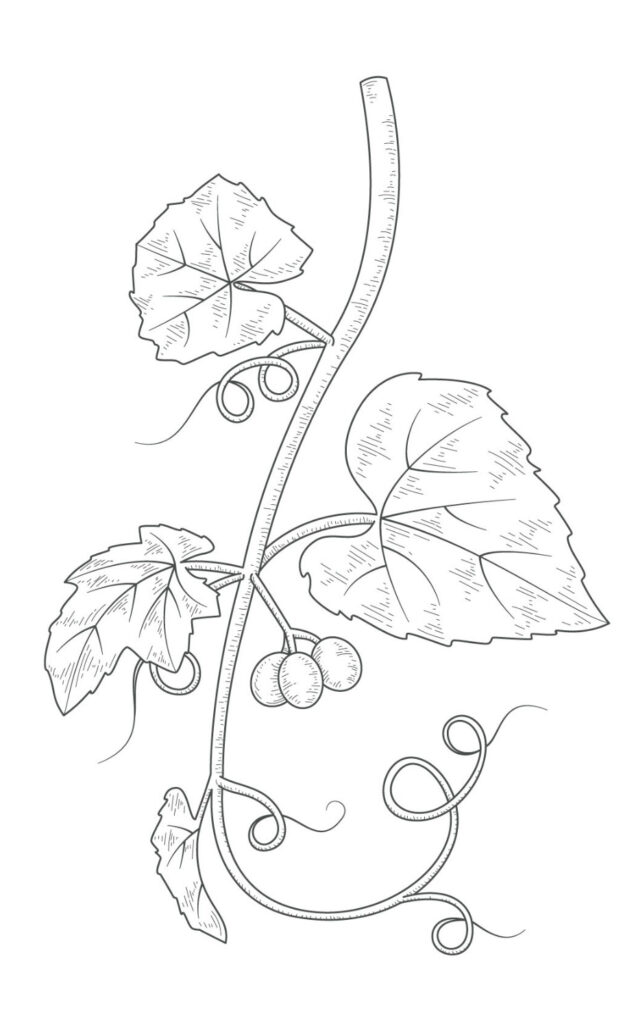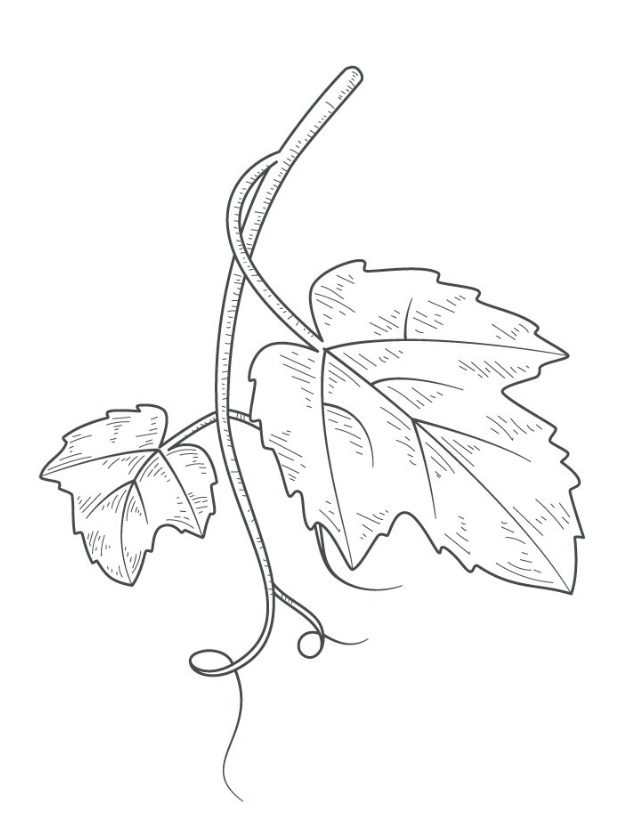SUMMARY OF THE HISTORICAL RESEARCH ON THE MURGIALDAI FARMHOUSE
The Murgialdai Farmhouse and the Hermitage of San Andres: An Epic 16th Century Story

Introduction
Within the rich history of Oñati stands a landmark that, when mentioned alongside its companion, the Hermitage of San Andres, recalls a golden age: the 16th century. This simple statement turns a farmhouse and hermitage into symbols of an era defined by architectural and spiritual magnificence, deeply rooted in the fertile Basque soil of Oñati.
Murgialdai Farmhouse: Roots in History
Following the path through the San Martin groove from the town center of Oñati, you will reach the Murgialdai farmhouse, a place whose roots stretch far back in time. Although the details of its construction have faded over time, modern research has shed light on its past.
The Murgialdai house, already mentioned in documents from 1461, has stood witness to countless generations that carry the surname that characterize them. Between the 15th and 16th centuries, it was home to noble sons of the land, as seen in the remains of the old farmhouse, still intertwined with the current structure. This house, which has weathered the test of time, holds within its walls stories of lineage and legacy of families that, just like wind, have left their lasting mark.
The Murgialdai Legacy
Over time, Murgialdai has transformed, adapting to the needs of each period. The current building, constructed a century ago, has undergone several changes that reflect the progression of modern times. Yet, despite these modifications, the legacy of the families who once lived within its walls remains, as seen in the lasting history of the surnames forever linked to the farmhouse.
It is clear that the Murgialdai family is connected to other regions like Eulate and Larraona, where the surname remains a lasting connection to its origins in Oñati. The stories of Antonio and Pedro Murguialday, who left their homeland for Navarra, show how the family name thrived far from its roots, settling in new territories.
The Hermitage of San Andres: A Beacon of Faith
The Hermitage of San Andres, nestled beside the Murgialdai farmhouse, was a place of worship and gathering for the residents of the neighborhood. While much of its history remains a mystery, its impact on the community is undeniable. With a bell that called the faithful to prayer and its altar that held the prayers of generations, it was a beacon of faith in the everyday lives of those in Murgia.
Over the centuries, hermitages have stood as symbols of devotion, and San Andres was no exception. Though many have vanished with time, San Andres remains in the memories of the people of Murgia, a lasting testament to the deep faith that once shaped life in Oñati.




The 16th Century in Oñati: Unmatched Splendor
In the 16th century, Oñati was more than just a town; it was a hive of architectural passion and creativity. A place where art and faith intertwined, giving rise to timeless monuments. The tourism leaflets, proudly presented to visitors, showcase wonderful priceless works like the La Piedad Chapel in San Miguel Parish Church. This Renaissance treasure, created by the renowned Rodrigo Mercado de Zuazola, bishop of Ávila, stands as the epitome of 16th-century arts, with its marble mausoleum, the Plateresque style fence, and a wooden altarpiece carved to withstand the ages.
Humanism and Renaissance ideas also left a lasting mark on this land, as evidenced by the founding of the University of Oñati on April 23, 1540, under a papal bull from Pope Paul III. This university, the first in the Basque Country, remains as one of the region’s most remarkable Renaissance landmarks, with stunning façade ornaments and an inner courtyard of semicircular arches, reflecting the grandness of its time.
The Murgialdai Nobility
Centuries ago, the term ‘ancestral home’ referred not only to a home, but also to a declaration of nobility and heritage. The inhabitants of Murgialdai, just like many others in the region, enjoyed privileges that exempted them from paying certain taxes and granted them supremacy, safeguarded by records of nobility. Nonetheless, it was not the only house in the Murgia neighborhood with such immunity. Others like Bixain, Elorrixa, and Umerez shared this honor as well.
The Murgialdai family, in their time, defended their name and land with courage, as shown by ancient dispute in Navarra. The ancestral home, known and respected throughout the town, was an example of nobility and faith, free from tribute to the lords of Oñati, and home to old Christians, pure of blood and untouched by the stain of the Inquisition. Amid the growing constructions and the development of Oñati, these families of noble descent played a crucial role, although their tasks sometimes got mistaken with the simple farm work their descendants would come to know.
Conclusion
The story of the Murgialdai Farmhouse and the Hermitage of San Andres is an epic tale that weaves together lineage, faith, and the evolution of a community across centuries. This corner of Oñati, where past and present meet, holds a legacy that lingers in the stones of its walls and in the breeze that stirs among its trees. Every story, every name, and every trace is part of the grand history of the Basque Country – a reminder of the greatness it once held and a hopeful glance at what may still be.


